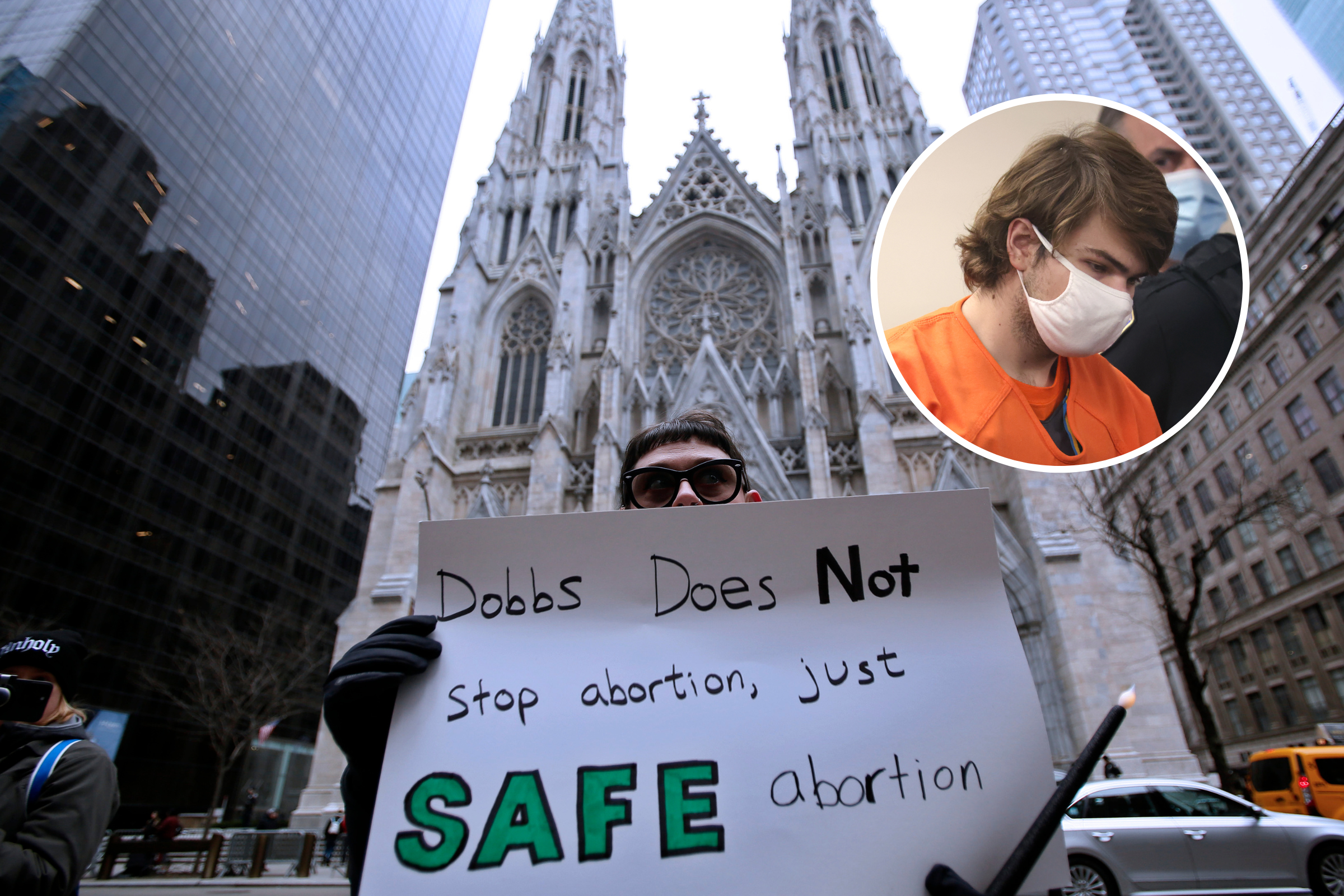Nice opinion piece. Accurate data on reasons for third trimester abortions and how many are for either fetal defects or maternal health are hard to come by, but regardless, it is a tiny fraction of all abortions and if barriers to early abortion were removed, it would be even tinier.
Deceptive and dishonest terminology often obscures actual data:
When health care providers use language like "full term" and "late term" in the context of pregnancy, they're talking about how far along the pregnancy is (with "full term" meaning between 39 and 40 weeks and "late term" meaning 41+ weeks). It's important to note that they do not use these terms to categorize types of abortion care.
So when people use terminology like "late-term abortion," the discussion gets especially murky. The term sounds like the language used in medical settings, but when it comes to abortion care, it's simply vague and inaccurate—especially when you consider that most people who use the term aren't talking about abortions that are being performed after 41 weeks (or "late term").
Experts explain that using the gestational period, or the time in pregnancy when the abortion is taking place, is the most accurate way to categorize abortion care and is the standard in the medical community. For instance, an abortion taking place during the second trimester would be a second-trimester abortion, and an abortion during the third trimester would be described as a third-trimester abortion.2
Describing abortion by week or by trimester is also in line with how pregnancy care is provided. "We talk about care as pregnancy progresses in weeks from a person's last menstrual period, or in trimesters (1st: 0-13 weeks, 2nd: 14-26 weeks, 3rd: 27-40 weeks)," adds Chelsea Souder, MPH, director of Clinical Services and Communications Manager at AbortionClinics.org.
Like "late-term abortion," the term "partial-birth abortion" is another inaccurate and misleading term with no basis in medicine. The term first gained traction with the Partial-Birth Abortion Ban Act of 2003.3However, neither "late-term abortion" nor "partial-birth abortion" are recognized by leading medical groups, including the American College of Gynecology (ACOG).4
"'Partial-birth abortion' refers to a procedure known as dilation and extraction, or D&X, which involves attempting to remove the fetus intact through the cervix," explains Dr. Grossman. "The procedure is no longer legal unless medication is used to stop the fetal heartbeat first."
If by “late term, you are talking about third trimester, you are talking about 24-41 weeks gestation.
Facts:
After 21 weeks, is rare, costly and legally restricted in most states, and also comes with greater maternal risks (though still lower than the risks of carrying to term and giving birth). Post Dobbs, they account for 1% of all abortions.
Source:
Abortions Later in Pregnancy in a Post-Dobbs Era | KFF
- Abortions at or after 21 weeks are uncommon and represent 1% of all abortions in the U.S. The procedures are expensive and often require travel and lost wages. They normally require treatment over multiple days and are only performed by a subset of all abortion providers.
In 2021, the last year of data prior to
Dobbs, 622,108 abortions were performed. So…of that,
1% were after 21 weeks.
The reasons are varied:
- Severe birth defects. Most fetal brain development occurs after 24 weeks so screening might not show lack of brain development until later. Other severe defects may also may not show until later as well.
- Medical conditions where a woman might not know she is pregnant until late.
- Substantial legal barriers preventing a woman from getting an early abortion.
- Risk to the mother’s health/life - pregnancy complications.
There is really no such thing as abortion up to birth, though people like to point to
one exceedingly rare case (32 weeks) to make that claim, and it is a case where it would have been cruel to deny her.
If you want to reduce the tiny fraction of abortions that occur later…remove barriers to early abortion.






